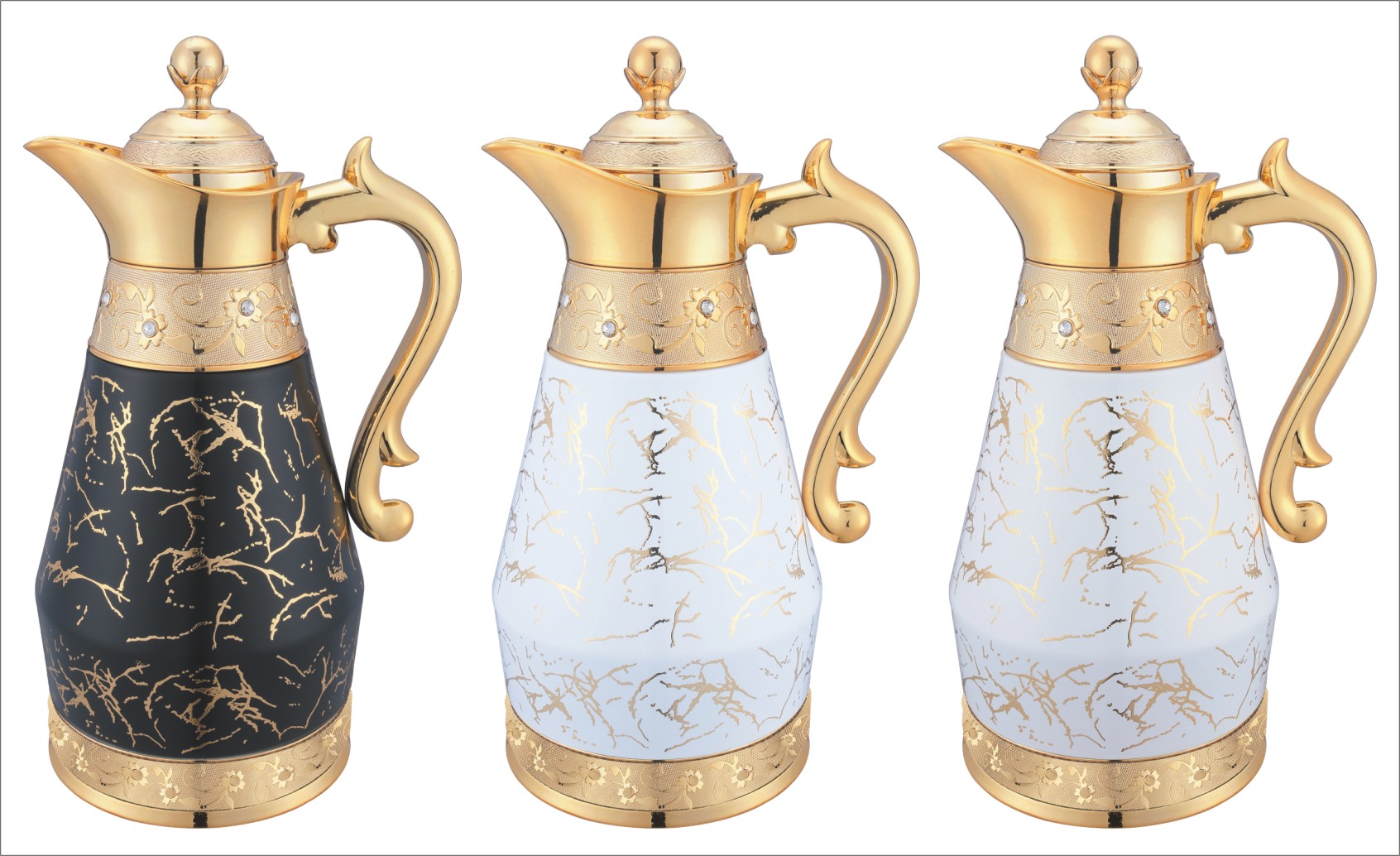Thermos flasks are a staple in many households and outdoor adventures. Known for their ability to keep beverages hot or cold for extended periods, these handy containers have an intriguing history and a range of applications that might surprise you. Here are ten fascinating facts about thermos flasks that you probably didn't know.
1. Origin of the Thermos Flask
The thermos flask, also known as a vacuum flask, was invented by Sir James Dewar in 1892. Dewar, a Scottish scientist, was working on ways to store liquefied gases at low temperatures. He created the flask to minimize heat transfer, thus keeping the gases cool for longer periods. The design caught the attention of two German glassblowers, Reinhold Burger and Albert Aschenbrenner, who saw its potential for everyday use. They commercialized it, and the thermos flask was born.
2. The Science Behind the Insulation
Thermos flasks are marvels of engineering. They work on the principle of vacuum insulation. The flask is made up of two containers, one inside the other, separated by a vacuum. This vacuum minimizes heat transfer by conduction and convection. The reflective coating on the inner flask reduces heat loss by radiation. This ingenious design keeps your coffee hot and your iced tea cold for hours.
3. Thermos Flask in Space
Thermos technology has made its way into space. Astronauts use vacuum flasks to keep their food and beverages at the right temperature. In the extreme conditions of space, maintaining temperature is crucial, and thermos flasks provide a reliable solution. NASA has utilized vacuum insulation in various aspects of space missions, demonstrating the versatility and importance of this technology beyond Earth.
4. Environmental Impact
Using a thermos flask can significantly reduce your environmental footprint. By choosing a reusable thermos, you cut down on single-use plastic bottles and cups. This not only saves money but also reduces waste. Over time, this small change can have a substantial positive impact on the environment, helping to reduce pollution and conserve resources.
5. Health Benefits
Thermos flasks offer several health benefits. They keep your beverages at safe temperatures, reducing the risk of bacterial growth. For instance, keeping hot liquids above 140°F (60°C) and cold liquids below 40°F (4°C) can prevent the proliferation of harmful bacteria. This makes thermos flasks particularly useful for storing food and drinks for outdoor activities or long trips.
6. Varieties of Thermos Flasks
Thermos flasks come in a wide range of varieties to suit different needs. There are flasks designed specifically for soup, others for beverages, and some that are multipurpose. Features such as built-in cups, pour spouts, and handles enhance their functionality. Innovations like smart thermos flasks, which can monitor the temperature of your drink, are becoming increasingly popular.
7. Thermos Flasks in Different Cultures
Around the world, thermos flasks hold cultural significance. In China, for example, they are commonly used to store hot water for making tea. In Russia, they are essential for keeping beverages like tea or coffee warm during the cold winter months. Each culture has adapted the use of thermos flasks to fit their unique needs and traditions.
8. Maintenance and Care
Proper maintenance is key to ensuring your thermos flask lasts. Regular cleaning with warm, soapy water prevents the buildup of residues and odors. Avoid using abrasive materials that could damage the flask's interior. For stubborn stains, a mixture of baking soda and water can be effective. Ensuring the flask is thoroughly dried before storing it prevents mold growth.
9. Innovations in Thermos Technology
The world of thermos flasks is constantly evolving. Recent advancements include the use of more durable materials, improved vacuum technology, and even smart features. Some modern flasks can track your hydration levels and remind you to drink more water. These innovations continue to enhance the functionality and convenience of thermos flasks.
10. Fun Facts
Did you know that the term "thermos" comes from the Greek word "therme," meaning heat? Despite being a brand name originally, it has become a generic term for vacuum flasks. Another interesting fact is that the largest thermos flask on record was created in 2016 in China, standing over 5 meters tall and capable of holding more than 3,000 liters of liquid.
Conclusion
Thermos flasks are more than just everyday items; they have a rich history, diverse applications, and continue to evolve with technological advancements. Understanding these surprising facts not only highlights their importance but also encourages their continued use for both practical and environmental benefits. Explore the various options available and make the most of what thermos flasks have to offer.
For more information on thermos flasks and to explore a range of products, visit Sea Spread Vacuum Flask.



.jpg)

.jpg)

.jpg)